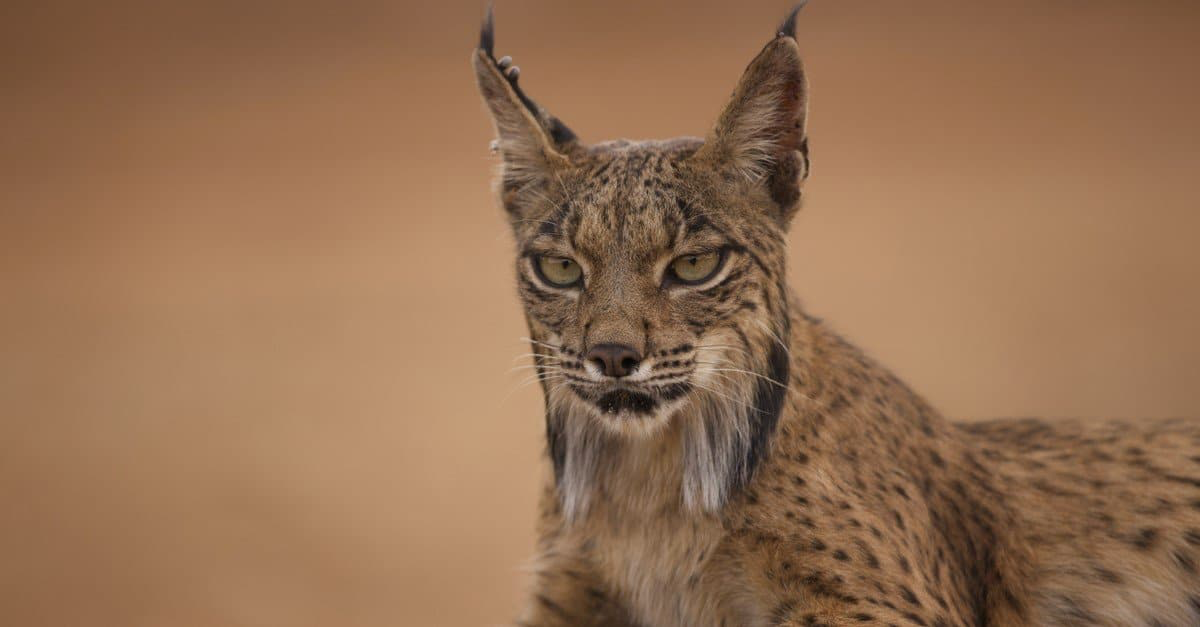Wild cats are some of the most fascinating creatures on the planet. Found in a wide range of habitats, from dense forests to open grasslands and arid deserts, these majestic animals captivate with their strength, agility, and beauty. Whether it’s the regal lion or the stealthy leopard, each species of wild cat has its own distinctive traits and behaviors that make them truly extraordinary.
In this article, we will delve into the captivating world of wild cats and uncover ten intriguing facts about these remarkable predators. From their unique hunting techniques to their complex social dynamics, we’ll shed light on the hidden wonders of these apex hunters. Get ready to embark on an exciting exploration into the wild world of these incredible cats.
10. Wild cats are expert hunters.
Their incredible hunting skills allow them to track and capture prey with remarkable precision and efficiency.
09. Wild cats thrive in various habitats.
These majestic animals can be found in diverse environments, including forests, grasslands, deserts, and mountainous regions across the globe.
08. Wild cats possess exceptional night vision.
As primarily nocturnal predators, they rely on their superior night vision to hunt and navigate in low-light conditions.
07. Wild cats lead solitary lives.
Unlike domestic cats, wild cats prefer solitude, with females raising their young alone without help from other adults.
06. Wild cats have retractable claws.
Their retractable claws are essential tools for climbing, hunting, and gripping their prey with deadly accuracy.
05. Wild cats are proficient swimmers.
Contrary to their land-based reputation, many wild cats are excellent swimmers, capable of crossing rivers and lakes when necessary.
04. Wild cats communicate through body language.
They express their intentions and emotions through subtle gestures and postures, allowing them to communicate with other wild cats.
03. Wild cats have highly developed hearing.
Their acute sense of hearing enables them to detect the faintest sounds, helping them locate prey and sense danger.
02. Wild cats boast unique markings.
Each species has distinct fur patterns, such as spots, stripes, or rosettes, which provide excellent camouflage in their respective environments.
01. Wild cats play a crucial role in ecosystems.
As apex predators, they regulate prey populations, contributing to the balance and health of the ecosystems they inhabit.
These 10 facts about wild cats highlight their remarkable adaptations and characteristics, from their superior hunting abilities and nocturnal vision to their solitary behavior and ecological importance. Understanding and appreciating these fascinating creatures is key to their conservation and the preservation of biodiversity.
In summary, wild cats are awe-inspiring animals, adapted for survival in a wide range of environments. Their hunting prowess, sensory capabilities, and unique physical traits make them some of nature’s most captivating predators. Protecting these incredible felines is essential for maintaining ecological balance and ensuring their continued presence in the wild.
